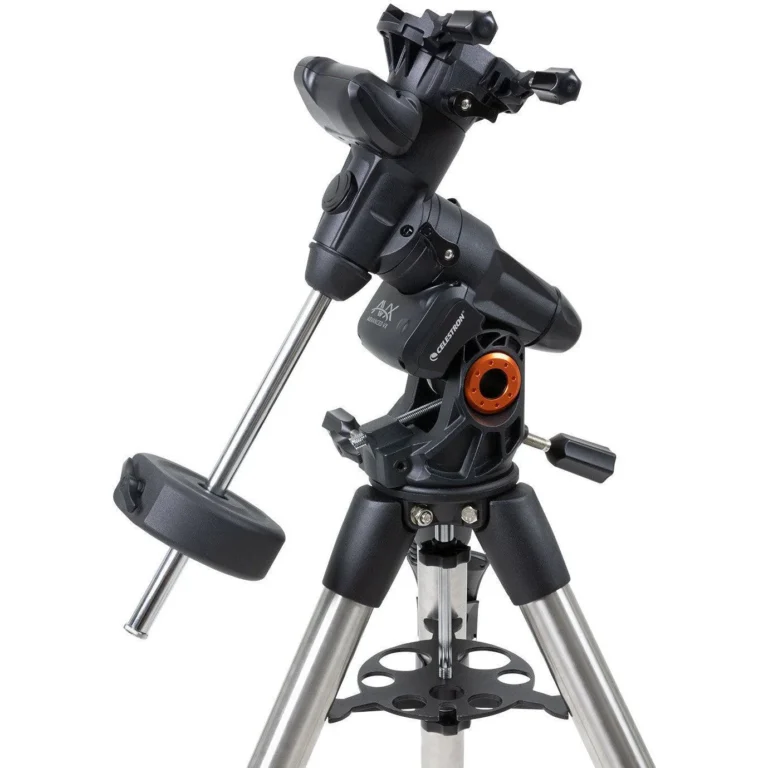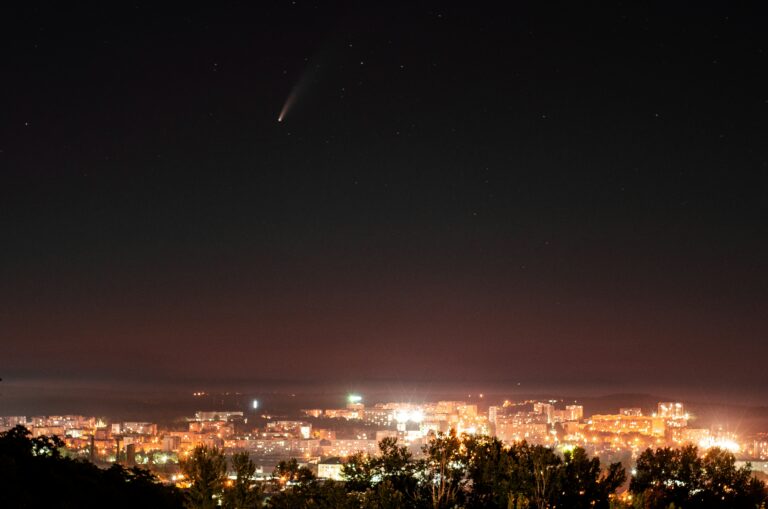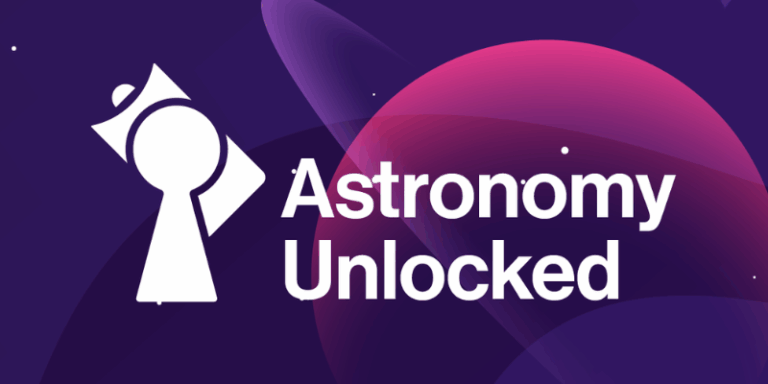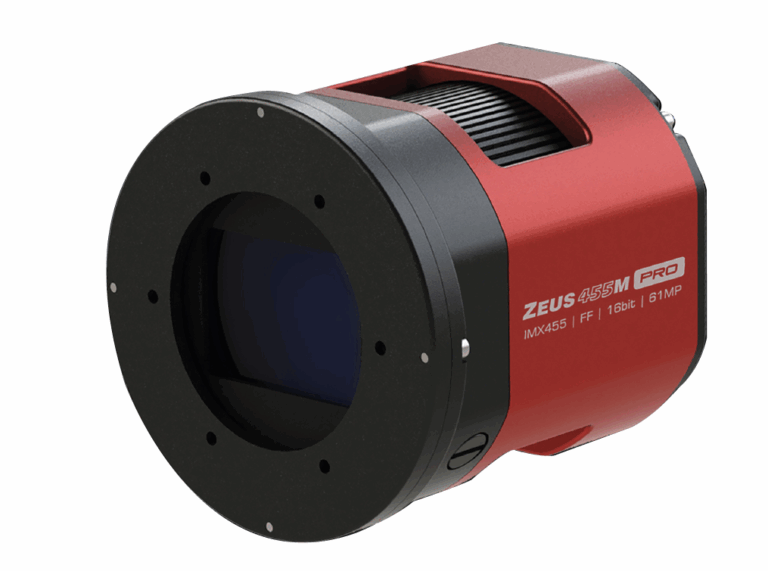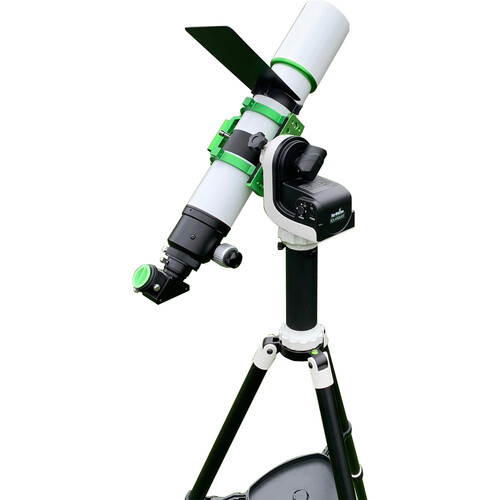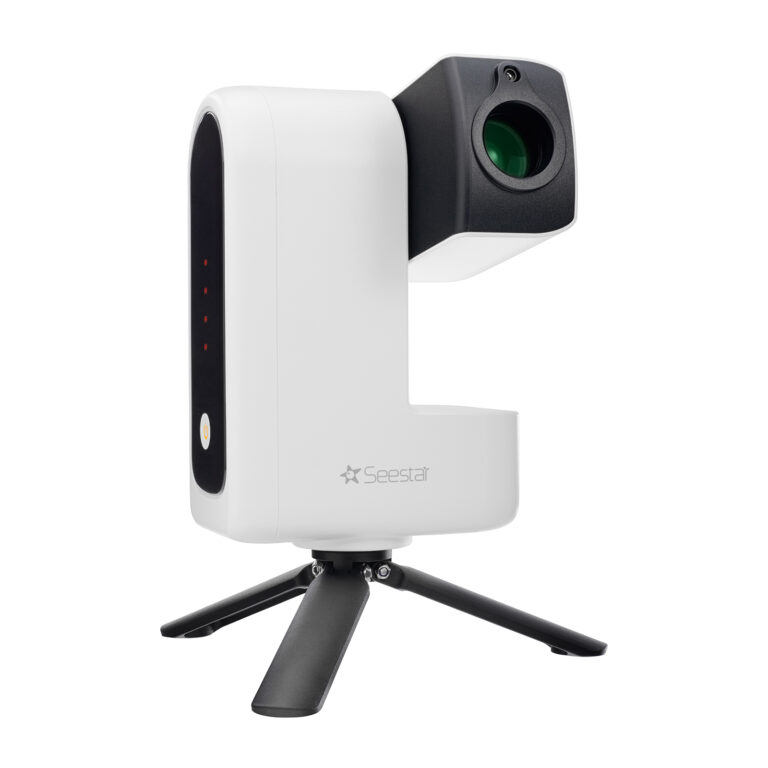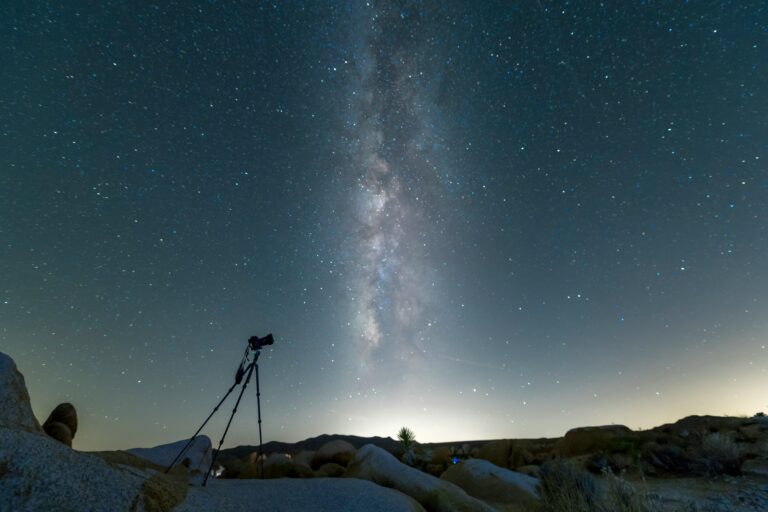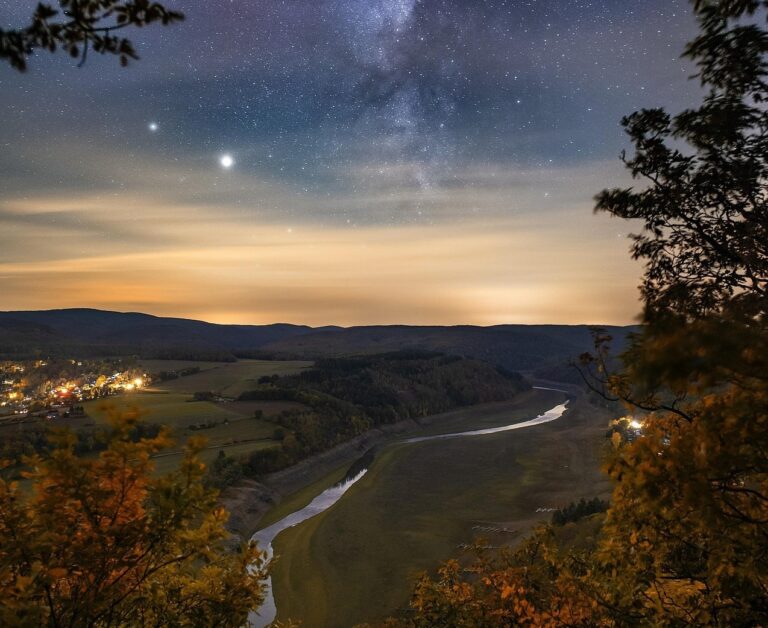Key Takeaways:
In the quarter century I’ve written these columns in Astronomy and previously Discover, I’ve never mentioned the equipment I use. Since I love naked-eye astronomy so much, maybe I give the impression I’m not into optics. So now for the first time let me mention what I have, what I recommend, and how this whole business is a bit complex.
It’s true, naked-eye astronomy is awesome. Away from city lights, what’s more inspiring than the autumn Milky Way splitting the sky? When you think about it, the four greatest spectacles are all wonderful to the naked eye: total solar eclipses, major auroral displays, great comets, and brilliant meteor fireballs and bolides. None requires any equipment.
But I’m a big fan of binoculars. Of the displays just cited, total eclipses and comets are usually enhanced through them. So are the Milky Way and open clusters like the Pleiades (M45). During the 12 years I ran the astronomy program for the National Park Service at Yellowstone, the rangers and I tried countless visitors’ pairs, and we particularly adored the Bausch & Lomb Audubons.
But then came image stabilization. That changed the ball game. I love my Canon 10×30 IS binoculars because they’re lightweight and have amazing optics. My Canon 15×45 IS model is also cool, but almost twice as heavy. I also have 20x80s on a counterweighted swing arm binocular tripod. I use them all. Still, no stabilized model offers exit pupils above 4.2 millimeters, and in optimally dark conditions, if you’re young enough so your eyes can adequately dilate, the brightness of a 5mm to 7mm exit pupil (as in a 7×50) makes it an attractive choice.
I also have solar binoculars on a portable Gemini mirror platform. This optically perfect, flat, swiveling-mirror arrangement lets the “glasses” point downward so that Sun viewing never requires craning necks upward. Toys.
WHEN IT COMES TO TELESCOPES, WE ENTER A WORLD OF COMPROMISE.
I’ve lived in a dark rural area for 44 years, and in 1982 I built a 16-by-20-foot observatory with a motorized roll-off roof. Its pier-mounted 12.5-inch f/6 Newtonian telescope has flawless optics, with a 5-inch Takahashi refractor riding piggyback. The massive mount handles the 250 pounds (110 kilograms) of instruments and counterweights, though the motor’s clutch has a little backlash. Spectroscopes are part of every session.
I haven’t done astrophotography since the old film days, but when I needed long-exposure tracking with no periodic error, my drive was excellent at delivering frustration. I’d labor 35 hours before decently capturing the Orion Nebula (M42). Hats off to all of you who take the gorgeous shots featured in this magazine.
Anyway, astro toys depend on what you like to observe, whether it involves photography, where you live, your budget, and your degree of patience. When price was no object, a wealthy friend bought a huge Keck-type dome and had a crane install a professionally mounted 24-inch PlaneWave, with a couple Takahashi refractors riding piggyback. The big scope’s optical assembly cost $50,000 by itself. If only price were no obstacle for us all! And yet he overlooks a small city and has to endure a 4th-magnitude star limit.
If you have property in, say, Tibet, you could build a great observatory, but it would be hard to duck out for a decent sandwich. If you live in a city but can travel to a dark site, you could buy a big Dob or Schmidt, but you must be willing to drag the heavy thing around and periodically collimate the optics.
For those who want “easy,” nothing’s more hassle-free than a refractor, and these days even 4-inch models are affordable. But what will you do with it? We fanatics always find stuff. I once spent four hours staring at only Saturn when the night air was –13° F (–25° C), catching moments of astonishing detail unmatched by any photo. On the other hand, astrophotographers have their own sets of fussy requirements.
And if you get the 4-inch, the modest aperture precludes stunning looks at galaxies and globular clusters. The bottom line is that all telescopes involve trade-offs. So here is Santa’s counsel: Make your decision, and then live with it serenely. Accept that no single instrument can do everything. Then that great holiday gift — or the goodie you’ve wanted for years — will give only pleasure.
Contact me about my strange universe by visiting http://skymanbob.com.



